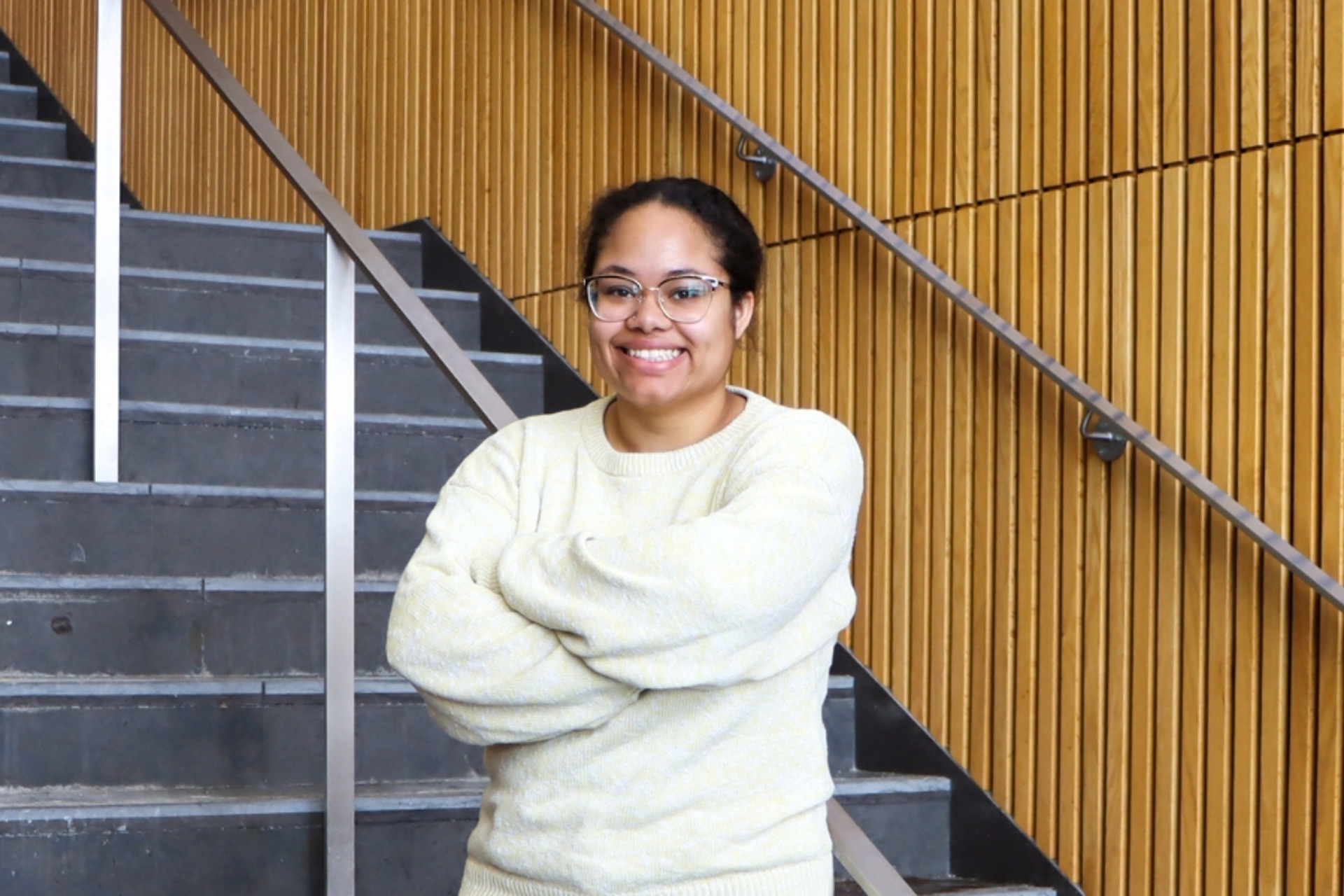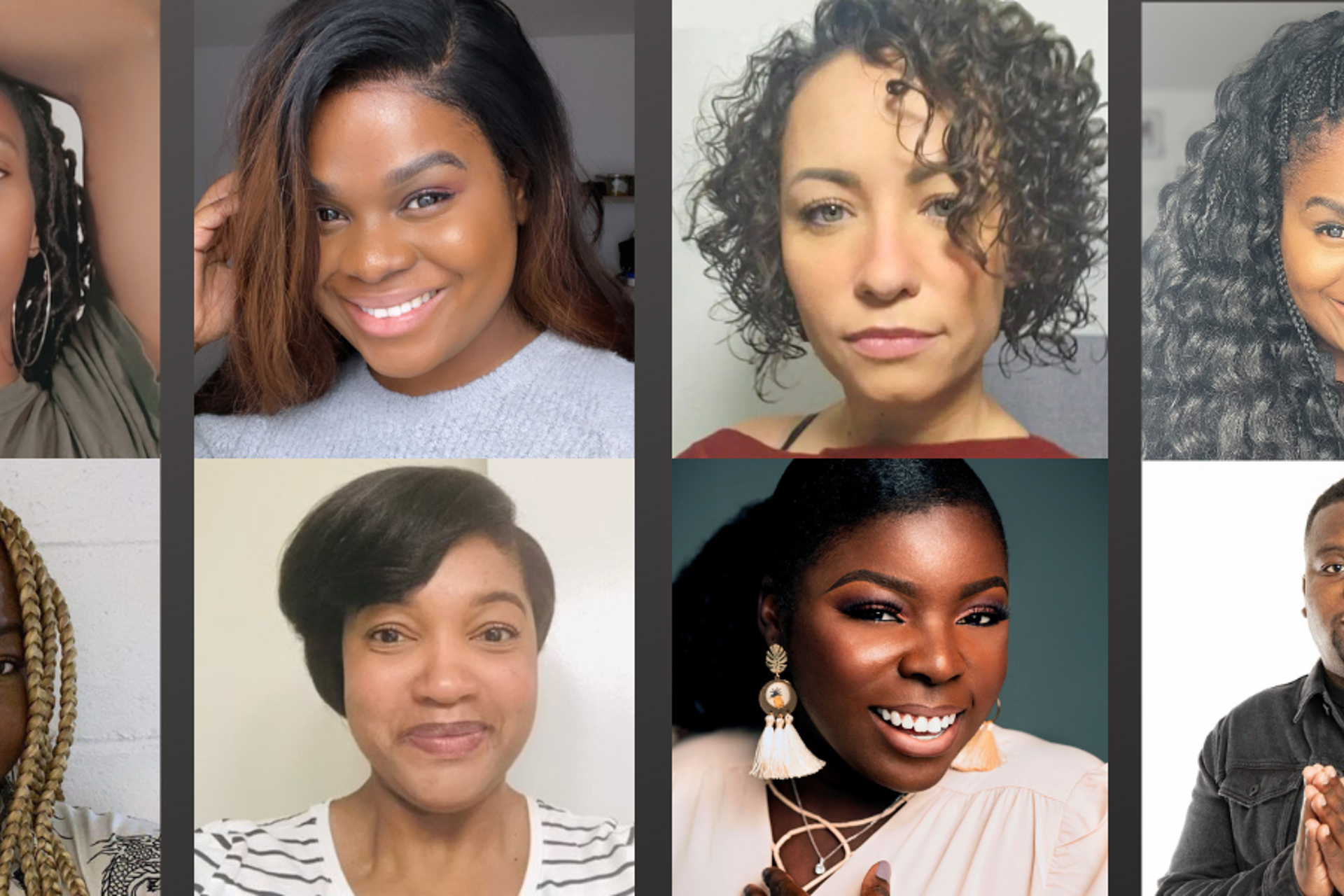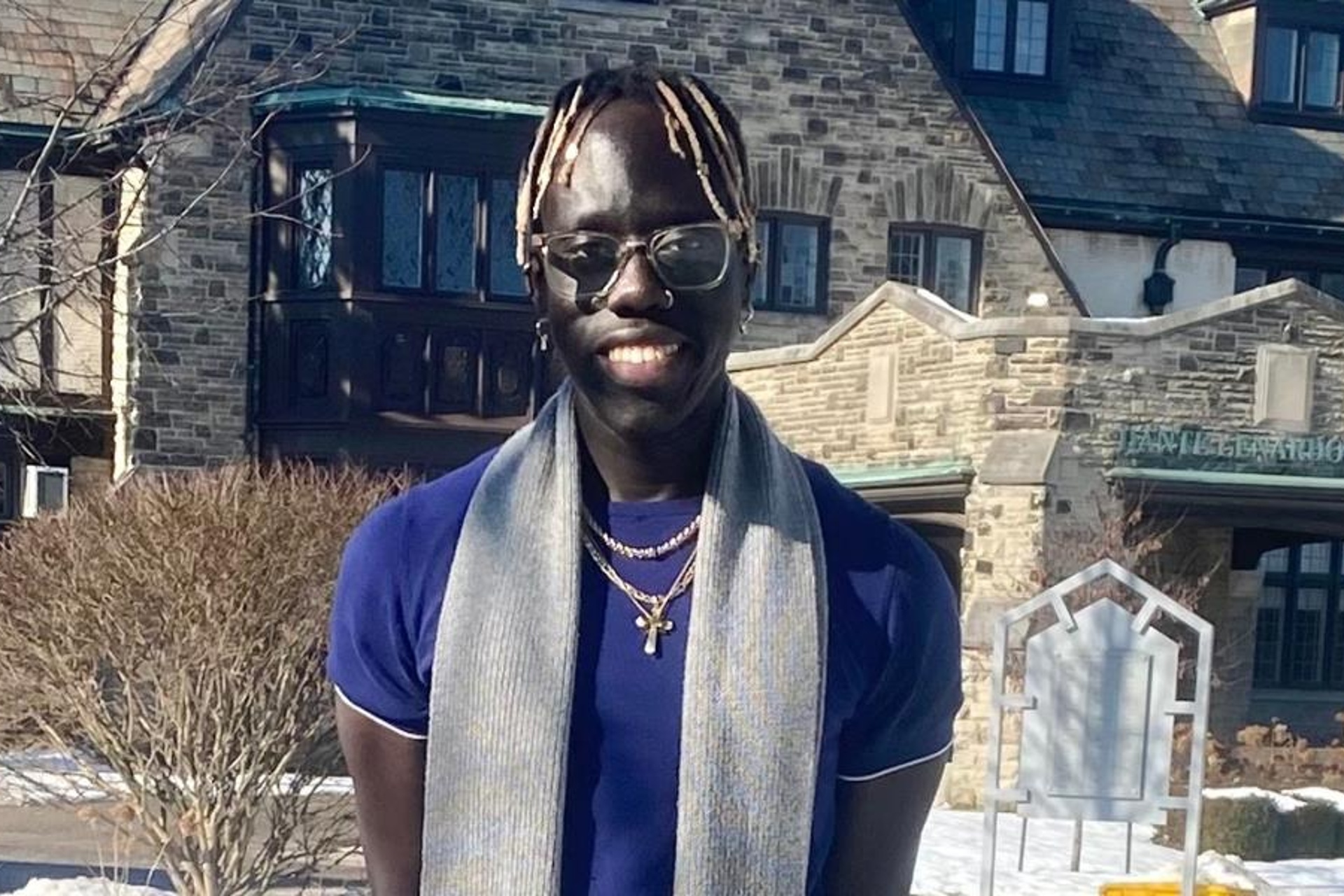Did You Know: Facts for Black History Month
The story of Black History Month dates back to 1926 in the United States, when an African-American historian named Carter G. Woodson founded a week that focused on celebrating the accomplishments of African Americans.
Woodson chose a week in February because two important men were born in that month: Frederick Douglass, a former enslaved person in the 1800s who spoke out for the freedom of enslaved people, as well as equal rights for women, and Abraham Lincoln, the 16th president of the United States, who fought for the freedom of all enslaved people throughout the country.
While Woodson’s idea began as a one-week celebration, in 1976, it became a month-long event called Black Heritage Month.
In Canada, Daniel Hill and Wilson Brooks, the founders of the Ontario Black History Society (OBHS), petitioned the City of Toronto in 1978 to have a month dedicated to Black History; in 1979, Toronto issued the first-ever Canadian proclamation. The OBHS filed a petition in Ontario in 1993 to proclaim February as Black History Month. Following that success, Rosemary Sadlier, then president of the OBHS, introduced the idea of having Black History Month recognized across Canada. In December 1995, the House of Commons officially recognized February as Black History Month in Canada following a motion introduced by Jean Augustine (more about her below)
Every year there’s a different theme for Black History Month. The theme for 2024 is “Black resistance.” We can reflect on, learn about, and celebrate the ways in which Black people have resisted oppression, discrimination, and prejudice over history.
Have you ever wondered why Canada was deemed to be a safe place for formerly enslaved Black people?
Lucie and Thornton Blackburn were a couple who escaped from enslavement in Louisville, Kentucky. They initially escaped to Michigan when slave hunters found, recaptured, and arrested the couple. While they were being detained, the Blackburns escaped a second time and arrived in Canada. When the Canadian courts refused to extradite them back into enslavement in the United States, it cemented Canada’s reputation as a safe haven for formerly enslaved Black people.
London, Ontario, was on the route of the Underground Railroad and the city has a very interesting relationship with it.
Did You Know? Top 20 Facts.
Brush up on your Black history.
- Mathieu Da Costa, an African man from what is now Cape Verde, was the first recorded Black person to set foot in Canada.
- It was Jean Augustine, the first Black woman elected to the House of Commons, who introduced the motion to recognize Black History Month in Canada, in 1994.
-
Portia White, a renowned Canadian contralto singer, was the first Black Canadian woman to perform at major concert halls.
-
Africville, a historic Black community in Halifax, Nova Scotia, was once home to many early Black settlers in Canada. Nova Scotia Home for Colored Children, opened in 1921, was one of the first institutions in Canada to care for Black children, though it has a complex and painful history.
-
Viola Desmond, a businesswoman and civil rights pioneer, often referred to as Canada's Rosa Parks, challenged racial segregation in 1946 by refusing to leave a whites-only section of a movie theater in New Glasgow, Nova Scotia.
-
Mary Ann Shadd was the first Black woman in Canada to publish a newspaper, The Provincial Freeman, advocating for abolition and civil rights.
-
Fighting for Racial Equality: Black Canadians like Willie O’Ree, the first Black player in the NHL, have helped break racial barriers in sports.
-
Canada was one of the first countries in the world to admit Black immigrants directly from the Caribbean, starting in the 1950s.
-
The theme of Black History Month changes each year, often focusing on specific aspects of Black culture or history.
-
Marc Garneau, Canada's first Black astronaut, was the first person of African descent in the world to command a space mission.
-
Ontario Black History Society, established in 1978, works to promote the recognition of Black history in Canada and to preserve African Canadian heritage.
-
African Canadian Heritage Museum, located in Nova Scotia, houses historical records, artifacts, and photographs documenting the history of Black Canadians.
-
William Hall, a Nova Scotian, became the first Black person to receive the Victoria Cross, Canada's highest military honor.
-
The first Black police officer in Canada was Lincoln Alexander, who later became the Lieutenant Governor of Ontario.
-
Toronto's first Black-owned newspaper, "The Canadian Observer," was established in 1853.
-
Dr. Anderson Ruffin Abbott, a Canadian doctor, was the first Black person to be licensed to practice medicine in Canada in the 1860s.
-
George Elliott Clarke, a renowned Canadian poet and playwright, became Canada's Parliamentary Poet Laureate in 2001 and is a prominent voice for Black Canadian literature.
-
The last segregated school in Canada was in Nova Scotia. The school was North Preston's segregated school, which remained in operation until 1983. These schools were often inferior in terms of facilities, resources, and teaching staff compared to those attended by white children.
-
Marie-Joseph Angélique, an enslaved Black woman in 18th-century New France (now Canada), was one of the first recorded Black women to be publicly executed in Canada. She was accused of starting a fire in 1734 that destroyed much of Montreal. Although her story is controversial, Angélique has come to symbolize resistance and resilience, with historians recognizing her defiance as an enslaved person. In 2013, a statue was erected in Montreal to honor her, highlighting her legacy and the history of Black people in Canada.
- Hattie B. Brown, a Black Canadian woman from Ontario, was the first Black woman to serve as a teacher in Canada’s public school system. She began teaching in the early 1900s, a time when many Black people faced significant racial barriers in education. Brown's career was groundbreaking, and she became a strong advocate for equal access to education for Black children, breaking down racial barriers and paving the way for future generations of Black educators in Canada.
Read "These trailblazing Black athletes transformed Canadian sports" at The Conversation.
Learn more about Black history, people and events
- 10 Black Canadians Who Played a Big Role in Canadian History
- 23 Historical Black Canadians You Should Know
- Black Canadian Heroes Who Have Paved The Way For Future Generations
- Black Settlement in Ontario
- Chatham-Kent Black Historical Society
- Congress of Black Women of Canada, London Chapter
- Historic Black Canadians
- Honouring Black Canadians in Science and Technology
- London Black History Coordinating Committee (LBHCC)
- Ontario Black History Society (OBHS)
- Rediscover Black History in Ontario




